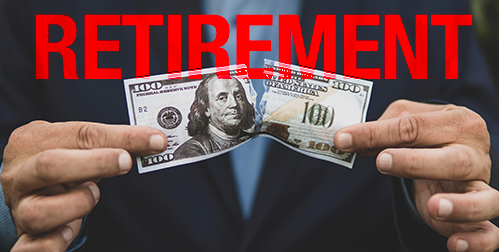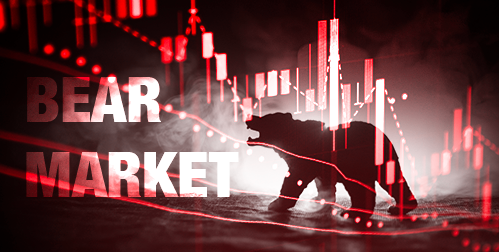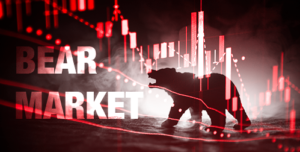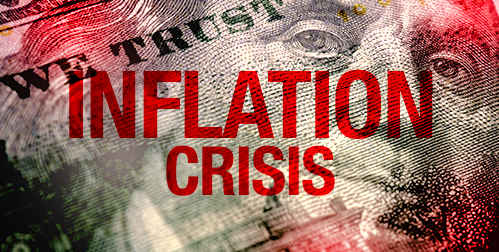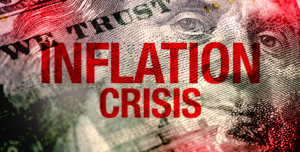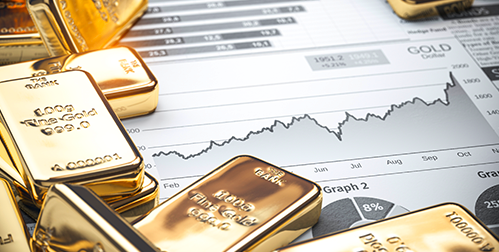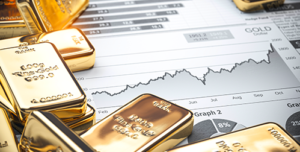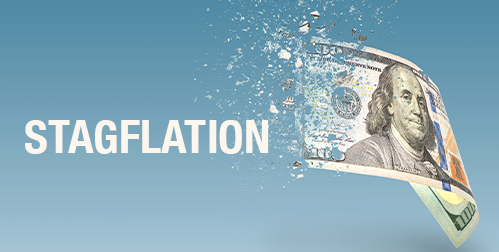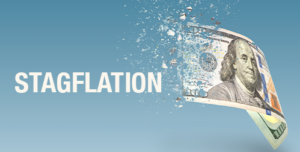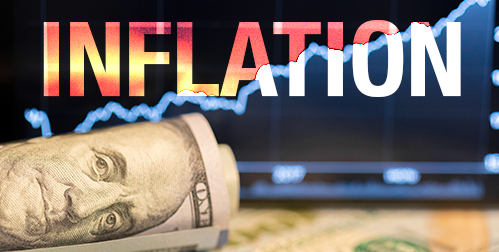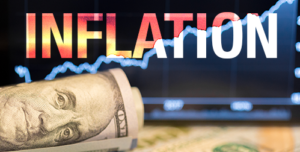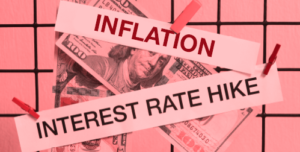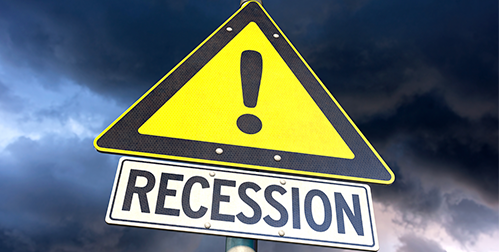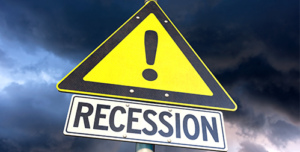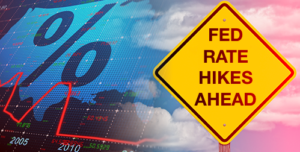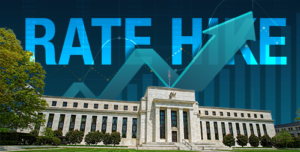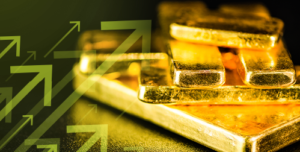- Surveys reveal a majority of Americans are worried about their retirement funds
- Soaring inflation, rising interest rates and steep stock market drops are devaluing funds
- Retirees and potential retirees face stark choices to adapt to the changing financial landscape
Americans Are Worried About Their Retirement
For many Americans, runaway inflation is eating away more than just their take home pay. Inflation is threatening their future as it shrinks the value of their retirement funds.
Overall, people are very worried about their financial futures. Voya Financial’s Consumer Research survey found 66% are worried about inflation affecting their ability to save for retirement. That number jumps up to 75% when it comes to Millennials and Gen X. And more than 40% have tapped their retirement funds to cover their bills today.1
Retirement funds primarily rely on the stock market. 2021 was a banner year for stocks. It gave some people the incentive to retire early. But rampant inflation, rising interest rates and recession fears are causing a sharp reversal. The S&P 500, the benchmark for many index funds, is about 17% from its all-time high in early January. The sinking stock market is fueling retirement fears.
Retirement planning is becoming more challenging as the investment landscape shifts. Bonds are losing their reputation as a safe haven. High inflation has made bonds, and the fixed payments they make, less attractive. One index of high-quality U.S. bonds has lost more than 9% this year. This is because the price of bonds goes down as interest rates go up. And right now, the Federal Reserve is quickly raising interest rates to get record inflation under control.2
Inflation is already punishing people with higher prices on everything from gasoline to food. And the rising rates to fight inflation may very well slam the economy into recession. A vicious progression is happening. Inflation is leading to rising interest rates. They lead to recession. And in turn, recession puts downward pressure on stock prices. Further reducing the value of retirement funds.
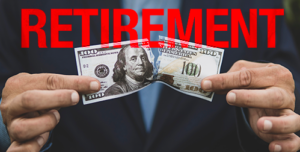
Inflation Is Breaking The 4% Rule
Famed financial advisor Bill Bengen first devised the 4% retirement rule in 1994. Since then, retirees have relied on this rule to help determine how much they should spend in retirement. The rule is relatively simple. You add up all of your investments. Then you withdraw 4% of that total during your first year of retirement. In later years, you adjust how much you withdraw to account for inflation.
This approach would have protected retirees from running out of money during every 30-year period since 1926. Even when considering the Great Depression, the tech bubble, and the 2008 financial crisis. However, due to the combination of high inflation and high stock and bond market valuations, Bengen believes his 4% rule is no longer adequate. Retirees will need to cut back on their spending to make their money last.3
What To Do
Historically, the stock market starts delivering positive returns within a year of a crash. But some people can’t wait to make up their losses. Many Americans now expect a significant shortfall in their retirement savings. The leading concern, according to the 2022 Schroders U.S. Retirement Survey, was that inflation would shrink the value of their assets. The second concern is becoming a reality right now- a major market downturn significantly reducing their assets. A great number of people’s portfolios are down 20% or more for the year.4
Americans on the cusp of retiring face a choice, stay on course or keep working. Some people are pushing back their retirement date in the hopes of waiting out the market. There are other advantages to waiting. Delaying retirement gives you an opportunity to snag higher Social Security benefits, boost your savings, and stretch your nest egg. And any of those things individually could set the stage for a more financially secure ride during your senior years.
Those who have already retired are picking up part time jobs. In line with the advice of financial planners like Bengen, they are also delaying major purchases or travel plans.
Social security is small comfort. It does have a built-in inflation adjustment, but it doesn’t keep up with real inflation. Pensions, for those few people who still have them, often max out their inflation adjustment at 1.5%.
A new paradigm is emerging as we witness the end of a 40-year bull run. For people facing retirement or recently retired, preserving value in the face of soaring inflation and a highly volatile stock market should be a priority. They should learn about how safe haven assets like precious metals can secure their retirement funds. For more information, contact American Hartford Gold to find out about their Gold IRA.
